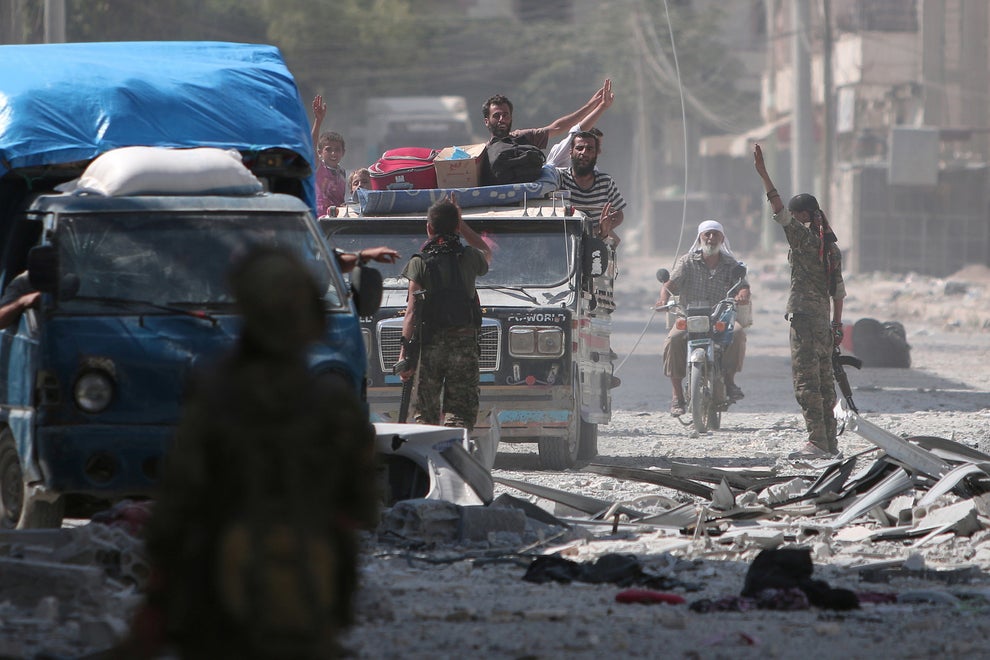Kursk is the Santa Claus and Easter Bunny of World War II battles.
August 13, 2016
http://nationalinterest.org/feature/tiger-tiger-burning-bright-why-kursk-the-most-overhyped-17334?
page=show
The Tigers are Burning.
The title of Martin Caidin's 1974 history of
the Battle of Kursk is still evocative, with its imagery of Nazi Germany's vaunted Tiger tanks in flames. Tigers burning brightly are just one legend of the epic July 1943 battle between Germany and Russia. There are many more: The Greatest Tank Battle in History, the Turning Point of World War II, The Death Ride of the Panzers, Russian tanks ramming German tanks in a mechanized orgy of destruction....
All very colorful, and all mostly or partly untrue.
Kursk is the Santa Claus and Easter Bunny of World War II battles, whose popular history was constructed from German and Soviet propaganda, and based on early accounts lacking vital information buried in Russian archives until after the fall of the Soviet Union. Kursk was indeed an epic battle, that pitted 3 million German and Soviet soldiers and 8,000 tanks, all crammed into a small portion of southern Russia.
After the disaster at Stalingrad in February 1943, the Red Army pushed the Germans back all the way across southern Russia, until a Panzer counteroffensive in March halted the Russian advance. As spring mud and mutual exhaustion brought operations to a close, the front lines solidified with a 120-mile-wide Russian salient bulging into German lines near the city of Kursk.
Germany had a choice: wait to be hammered by another offensive from the Russian steamroller, or take the initiative by launching its own offensive. Meanwhile, the clock was ticking after the November 1942 Western Allied landings in North Africa signaled that Germany would soon be forced to split its armies between Eastern and Western Europe.
In 1941, Germany had been strong enough to attack on a thousand-mile-front from the Baltic to the Black Sea. Now the Germans could only muster enough troops to concentrate on a narrow sector. An obvious target was the Kursk salient, so obvious in fact that any Russian general with a map could guess the German target (
in addition, Moscow was tipped off by the "Lucy"). In effect, Kursk was the first Battle of the Bulge, but on a much larger scale than the Americans faced in December 1944.
Top commanders such as Erich Von Manstein wanted to attack in May, before the Soviets had time to dig in and reinforce the salient. But a nervous and indecisive Hitler decided to postpone Operation Citadel until July, to allow time to deploy his vaunted new Panther, Tiger and
Elefant tanks. While the big cats lumbered off the railroad cars near the front lines, the Germans managed to amass nearly 800,000 men, 3,000 tanks, 10,000 guns and mortars, and 2,000 aircraft. It would be the last time the Germans could concentrate such an attack force (by comparison, at the Battle of the Bulge, the Germans had 400,000 men and 600 tanks). Yet as usual, the Germans were outnumbered. They faced 1.9 million Soviet soldiers, 5,000 tanks, 25,000 guns and mortars and more than 3,000 aircraft.
Citadel was a prophetic name for the German offensive. The Soviets used the extra time to build an incredibly dense defense system of multiple layers of fortifications, including trenches, bunkers, tank traps and machine gun nests 25 miles deep, as well as minefields that averaged more than 3,000 mines per kilometer.
Kursk was not an imaginative battle. The Germans attacked an obvious target, the Soviets fortified the obvious target, and the German offensive on July 4, 1943 was a traditional pincer move against the north and south base of the salient to cut off the defenders inside. Despite support by 89 Elefants (a Porsche version of the Tiger that the German army rejected), the northern pincer quickly bogged down after advancing just a few miles. But the southern pincer, led by the II SS Panzer Corps, managed to advance 20 miles to the town of Prokhorovka, until its advance was checked by the Soviet Fifth Guards Tank Army.


